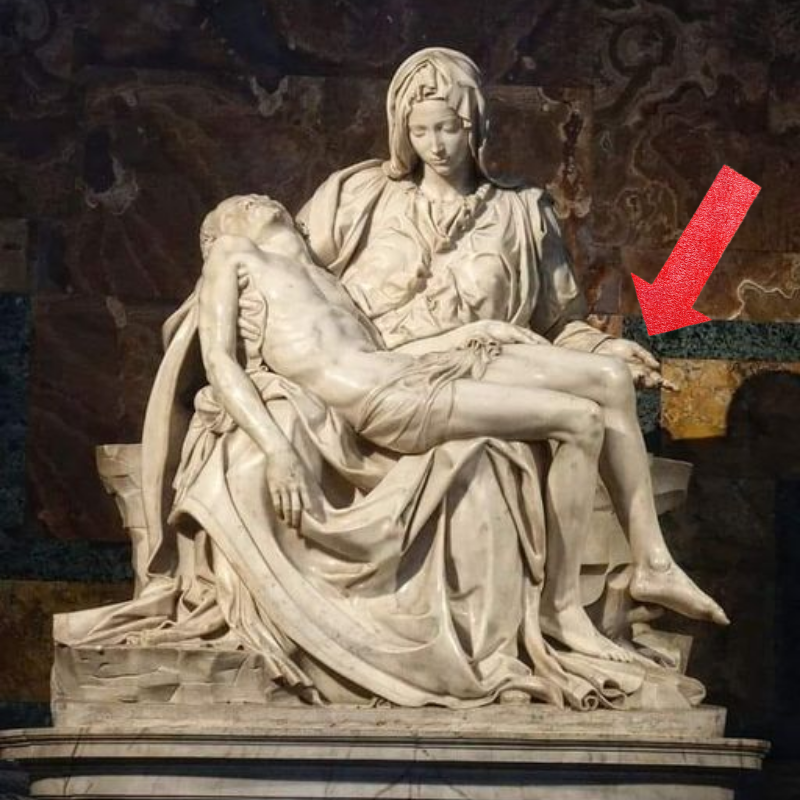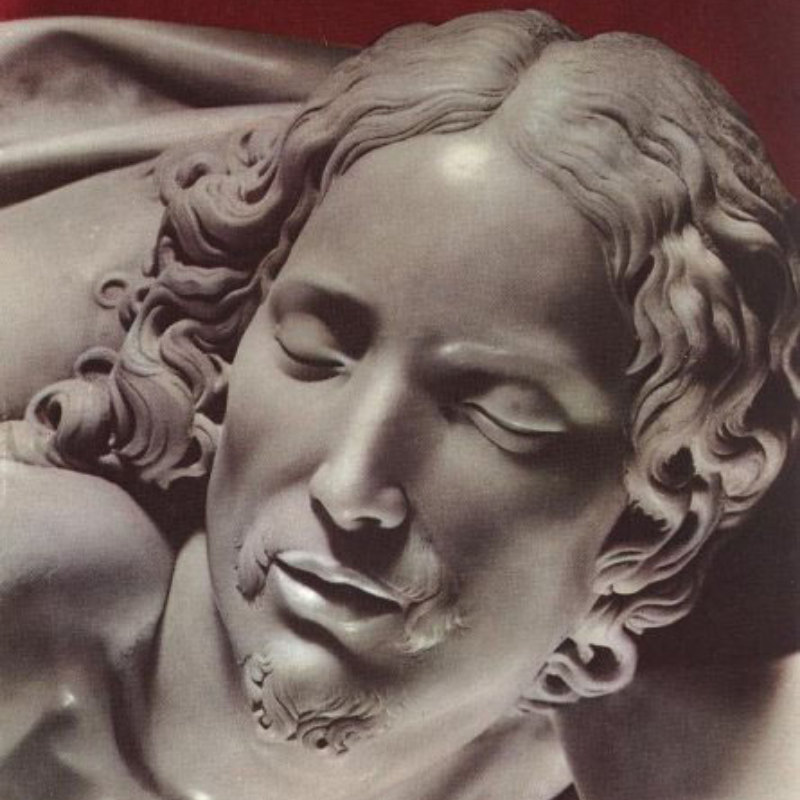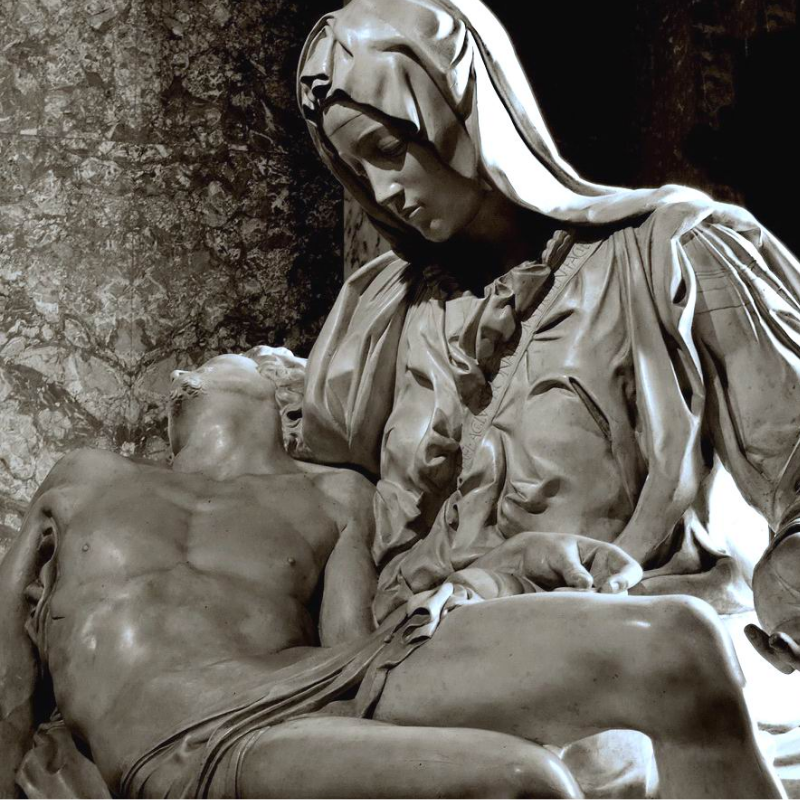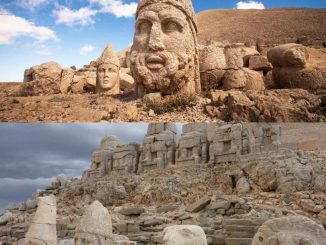Michelangelo Buonarotti, renowned for his mastery in art and sculpture, left an indelible mark on the world with his creation of the famous Pietà. At the young age of 23, Michelangelo was commissioned by a French cardinal to produce this masterpiece, a task that he completed within a remarkably short span of two years, from 1498 to 1500. Crafted from a single block of Carrara marble, the Pietà stands as a testament to Michelangelo’s exceptional talent and remains one of the most revered works of art in history.

The Youthful Genius
At just 23 years old, Michelangelo embarked on the monumental task of sculpting the Pietà, showcasing a level of skill and artistic vision far beyond his years. Despite his youth, Michelangelo demonstrated a profound understanding of human anatomy and emotion, evident in the lifelike depiction of the figures in the sculpture. The Pietà not only established Michelangelo as a prodigious talent but also solidified his reputation as one of the greatest artists of the Renaissance.
Commission and Completion
Commissioned by a French cardinal, the Pietà was intended to adorn the cardinal’s funeral monument. Remarkably, Michelangelo completed the sculpture in a mere two years, a testament to his unwavering dedication and unparalleled work ethic. During this time, Michelangelo meticulously carved the delicate features of the Virgin Mary cradling the lifeless body of Jesus Christ, capturing a moment of profound sorrow and compassion with unparalleled beauty and grace.
Material and Significance
Crafted from a single block of Carrara marble, the Pietà exemplifies Michelangelo’s mastery of his chosen medium. The use of marble allowed Michelangelo to sculpt intricate details with precision, lending a sense of realism to the figures that is both awe-inspiring and hauntingly beautiful. Furthermore, the Pietà holds the distinction of being the only sculpture that Michelangelo ever signed, a rare acknowledgment of authorship from the artist himself.

Symbolism and Interpretation
Beyond its technical brilliance, the Pietà holds deep symbolic significance within Christian iconography. The image of the Virgin Mary cradling her son’s lifeless body evokes themes of maternal love, sacrifice, and redemption, resonating with viewers on a spiritual and emotional level. Michelangelo’s interpretation of this sacred scene transcends mere representation, inviting contemplation and reflection on the human condition and the divine.
Enduring Legacy
Centuries after its creation, the Pietà continues to captivate audiences with its timeless beauty and profound symbolism. Housed in St. Peter’s Basilica in Vatican City, the sculpture attracts millions of visitors each year, drawn by its exquisite craftsmanship and spiritual resonance. Michelangelo’s Pietà remains a testament to the enduring power of art to transcend time and speak to the depths of the human soul.

Conclusion
Michelangelo’s famous Pietà stands as a testament to the artist’s unparalleled skill, artistic vision, and profound understanding of the human condition. Crafted at a young age from a single block of Carrara marble, the Pietà continues to awe and inspire viewers with its timeless beauty and profound symbolism. As one of the most iconic works of art in history, Michelangelo’s Pietà serves as a poignant reminder of the enduring power of art to transcend boundaries and touch the hearts of all who behold it.


